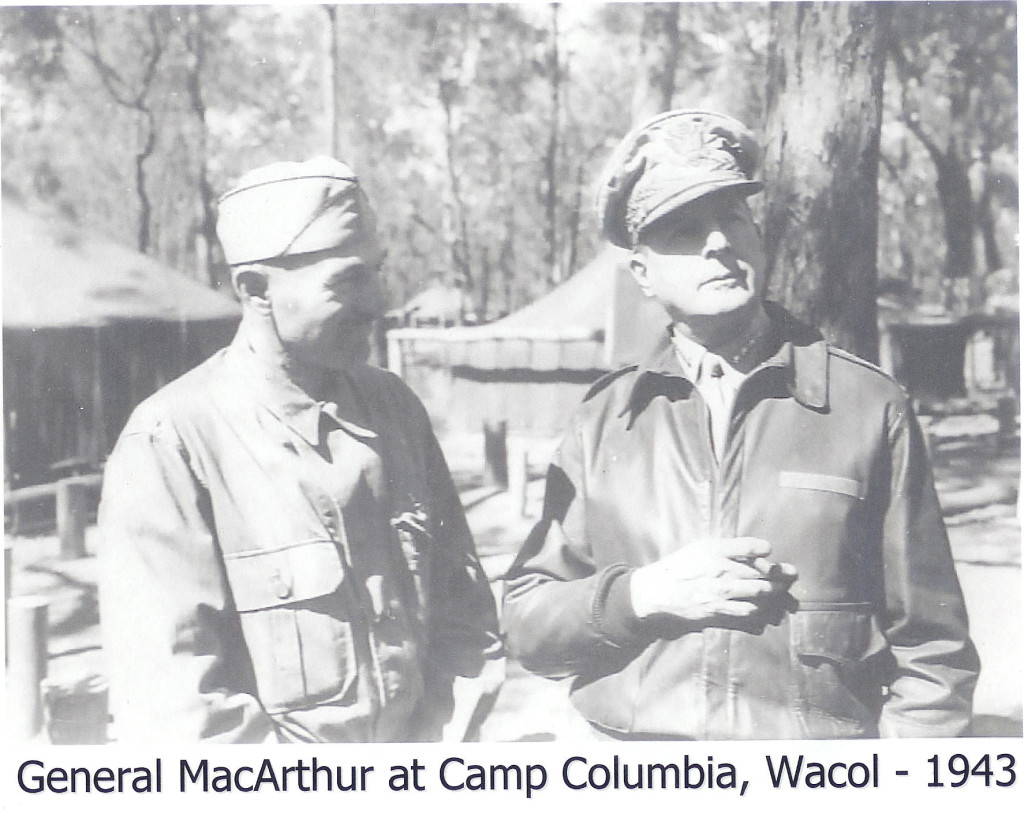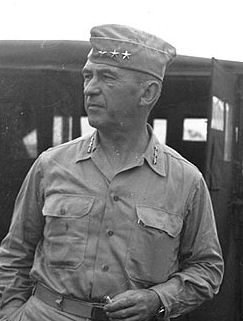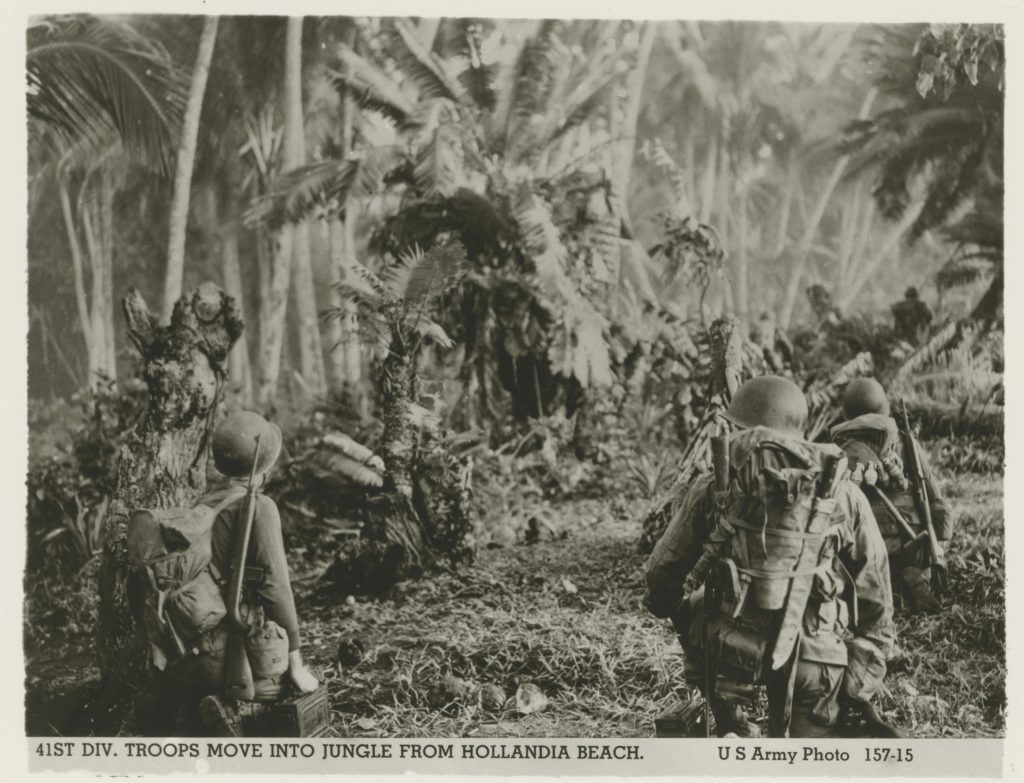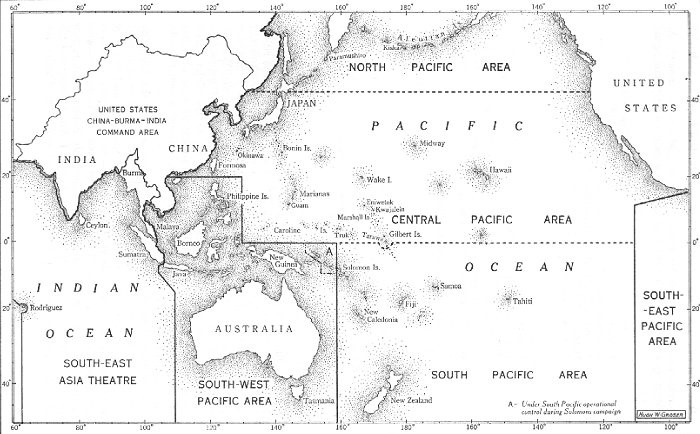
The US Sixth Army was a field army of the United States Army that was established on January 20, 1943, during World War II. The Sixth Army was responsible for conducting military operations in the Pacific Theater of Operations, including the campaigns in New Guinea, the Philippines, and Okinawa.
In July 1942, General Douglas MacArthur, the Supreme Commander of the Allied Forces in the Southwest Pacific Area (SWPA), established his headquarters in Brisbane, Australia. The US Sixth Army also established its headquarters in Brisbane in order to be closer to MacArthur’s headquarters.
While in Brisbane, the Sixth Army was responsible for training and preparing troops for the upcoming campaigns in the Southwest Pacific. The city of Brisbane also served as a major logistical hub for the US military in the Southwest Pacific, with troops and supplies being transported through the city on their way to the front lines.
Overall, the US Sixth Army played a crucial role in the Allied victory in the Southwest Pacific Theater of Operations during World War II, and its establishment in Brisbane, Australia, was an important part of that effort.
First commander US Sixth Army Lieutenant General Walter Krueger

The first commander of the US Sixth Army was Lieutenant General Walter Krueger. Krueger was a career Army officer who had served in World War I and had extensive experience in training and commanding troops.
Krueger was chosen by General Douglas MacArthur, the Supreme Commander of the Allied Forces in the Southwest Pacific Area, to lead the Sixth Army because of his reputation as an outstanding leader and his expertise in jungle warfare. Krueger was known for his emphasis on realistic training, and he made sure that his troops were well-prepared for the challenges they would face in the Southwest Pacific Theater of Operations.
After the establishment of the Sixth Army on January 20, 1943, Krueger was sent to Australia to set up the army’s headquarters and to begin preparing his troops for combat in the Southwest Pacific Theater of Operations. Brisbane, which was the headquarters of General Douglas MacArthur was a natural choice for the location of the Sixth Army’s headquarters.
Krueger spent several months in Brisbane organising and training the Sixth Army, and he worked closely with MacArthur and other Allied commanders to plan the upcoming campaigns in the Southwest Pacific Area. He also established a good working relationship with the Australian military, which played an important role in supporting the Allied war effort in the Southwest Pacific Area of operation..
In June 1943, Krueger left Brisbane to take command of the Sixth Army in the field, and the headquarters of the Sixth Army was relocated to Port Moresby, Papua New Guinea. However, the time that Krueger spent in Brisbane was important in laying the groundwork for the Sixth Army’s successful campaigns in the Southwest Pacific.
Under Krueger’s leadership, the Sixth Army participated in some of the most important campaigns of the war, including the Battle of Leyte in the Philippines and the Battle of Okinawa. Krueger’s leadership and tactical skills were widely praised, and he was known for his ability to inspire his troops and lead them to victory.
The 41st Infantry Division

The first US troops to arrive in Brisbane were members of the 41st Infantry Division.
This Division was activated on September 16, 1940, and was initially composed of National Guard units from Oregon, Washington, Idaho, and Montana. After being activated, the division was sent to Fort Lewis, Washington, where it underwent extensive training in preparation for overseas deployment.
In March 1942, the 41st Infantry Division was sent to Australia to join the Allied war effort in the Southwest Pacific to form part of the newly formed Sixth Army. The division was initially stationed at the Brisbane Exhibition Ground, which was converted into a military camp, and later at a number of other locations in and around Brisbane including Camp Columbia and they were later sent to Papua New Guinea, where it was involved in the Battle of Buna-Gona.
The division remained a part of the Sixth Army throughout the war and participated in a number of important campaigns, including the Battle of Leyte, the Battle of Luzon, and the Battle of Mindanao. The 41st Infantry Division was known for its bravery and tenacity in combat, and it played a significant role in the eventual Allied victory in the Southwest Pacific.

